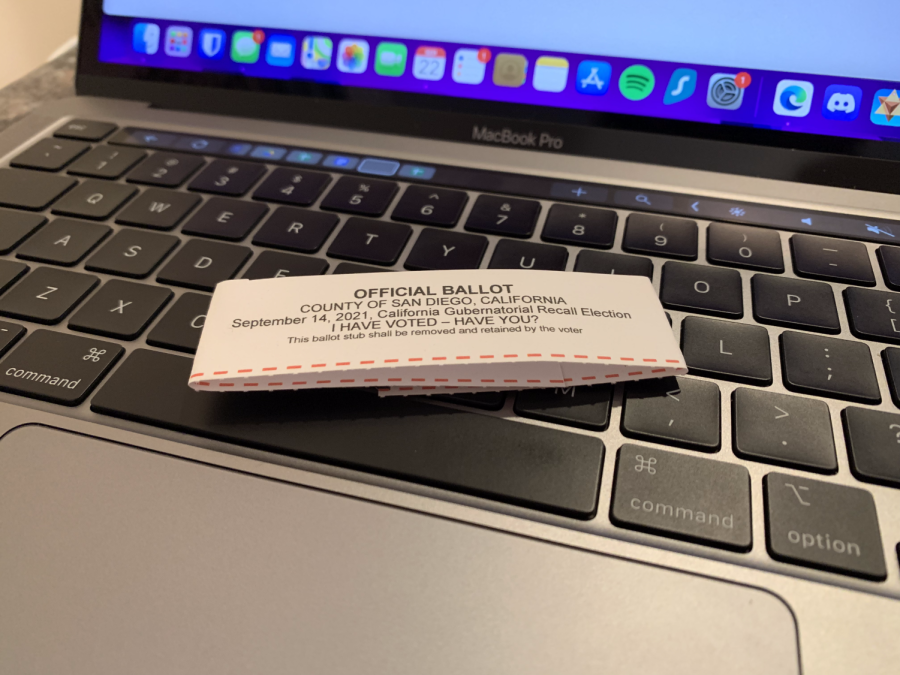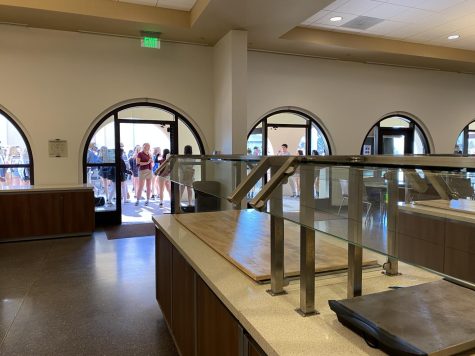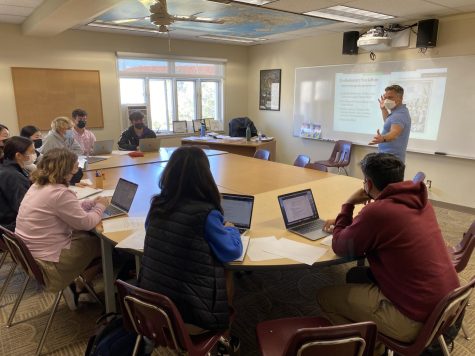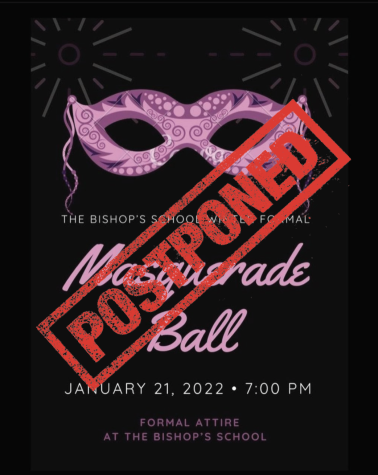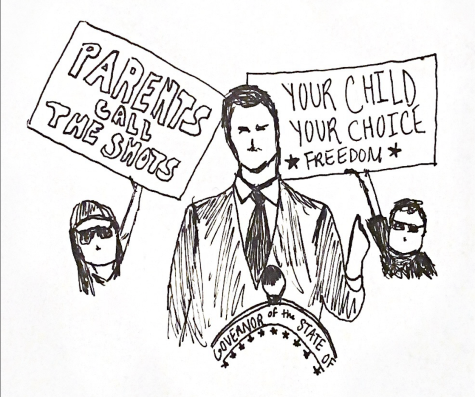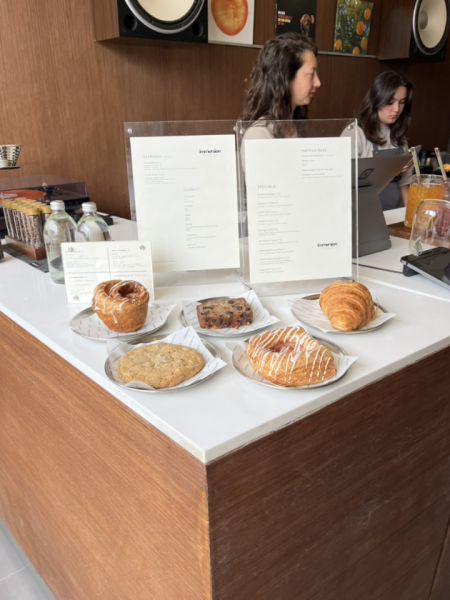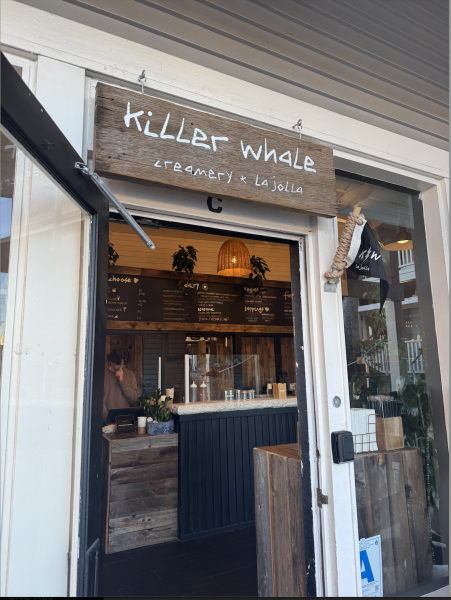Almost Ousted: The Failed Recall of Governor Newsom
Every registered voter in California was mailed a ballot to participate in the California Gubernatorial Recall Election on September 14, however polling places were open for those who wished to vote in-person.
While America sat stable, California was electorally fired up. Almost a year into the Biden Administration, and with the 2022 midterm elections over a year away in November, the effort to recall Governor Gavin Newsom (D) has defined the political sphere in the state. Yet despite the charged environment surrounding Newsom’s handling of the COVID-19 pandemic, he was victorious in the vote held on September 14.
Ever since the 2018 gubernatorial election—the election for Governor—where Newsom prevailed over opponent John Cox (R) by a vote share of 61.9%, the policies Newsom has enacted have prompted multiple efforts to remove him from office. In 2019, there was a different initiative to remove him from office nearly immediately after he began his term, however, without popular reason for removal, it lacked momentum and failed shortly after being proposed due to a lack of support.
In fact, since 1913’s Progressive Era reforms to the California electoral system, there have been 55 attempted recall efforts across the time period’s 17 California Governors and all of California’s governors since 1960 have faced at least one recall effort across their term. Because of California’s unique tradition of direct democracy, with a streamlined system to get propositions put on the ballot and bypass the legislature, California is the easiest state to recall a governor in.
However, any recall effort must gain a substantial number of signatures to be placed on the ballot: 12% of the number of voters in the previous gubernatorial election, gathered across the designated 160 days. If the recall organizers are not able to obtain enough signatories, the effort fails—the fate of the 2019 Newsom recall effort, as well the 52 other recall efforts from the establishment of the system. The 2020-2021 attempt was only one out of two recalls to ever be placed on the ballot.
With social distancing and pandemic restrictions, one might assume that it would be difficult to obtain the necessary signatures to be placed on the ballot, however, Newsom’s pandemic restrictions became the main motivator for signatories. While his pandemic policies, like his first stay-at-home order, were initially popular, the public approval of his policies gradually declined, presenting an opportunity for grassroots Republican organizations to seize anti-Newsom momentum. Many people in California lost their allegiance to Newsom after public schools stayed closed for the entire 2020-2021 school year—while his own children attended in-person at private schools—and the countless scandals involving his administration’s own restrictions.
One of the most scathing incidents was at The French Laundry restaurant in the Napa Valley, where Newsom broke his own restrictions imposed on Californians to attend a birthday party for a lobbyist friend, at a extremely expensive restaurant where some meals cost $450. He and his entire party, which included the chief executive for the California Medical Association, broke restrictions and ate without masks, prompting fury from voters.
However, despite these setbacks, Newsom was able to emerge from the election with his office intact. The Democrats were able to win, according to NBC News, because they were able to nationalize the race by vilifying the Republican opponents and their association to Donald Trump. In conjunction, they gained fundraising from around the nation and pulled in advertisements from national Democratic figures like Senator Elizabeth Warren and former President Barack Obama. Given the scope of the election, taxpayers were left to foot an estimated $450 billion dollars.
Some students on the Mock Trial team see the election as a waste. Maddie Cayer (‘22) explained that she believed important money was lost in the election process. “We should have used that money elsewhere, especially for COVID-related issues,” she said, and Alexandra Milder (‘22) agreed. However, Ellie Hodges (‘22) believed that “the special circumstances that led to [the vote], like the extension given to the recall effort to obtain signatures were frustrating, but the result may be beneficial for Newsom in the long run.”
With a newly emboldened first term, Newsom and the Democrats have their eyes set on 2022. One year until Newsom has a ballot to face, but the Democratic Party nationwide is using their newly victorious tactics across the country and the Republicans are also gearing up for the fight. Though, our Class of 2022 ought to start preparing too, most of whom will be able to vote by the time the polling places open once again.

Kyle Berlage joined The Tower as a freshman in 2018. Was he a terror then? Yes, but so were others on staff. After all, if all your friends jump off a...


